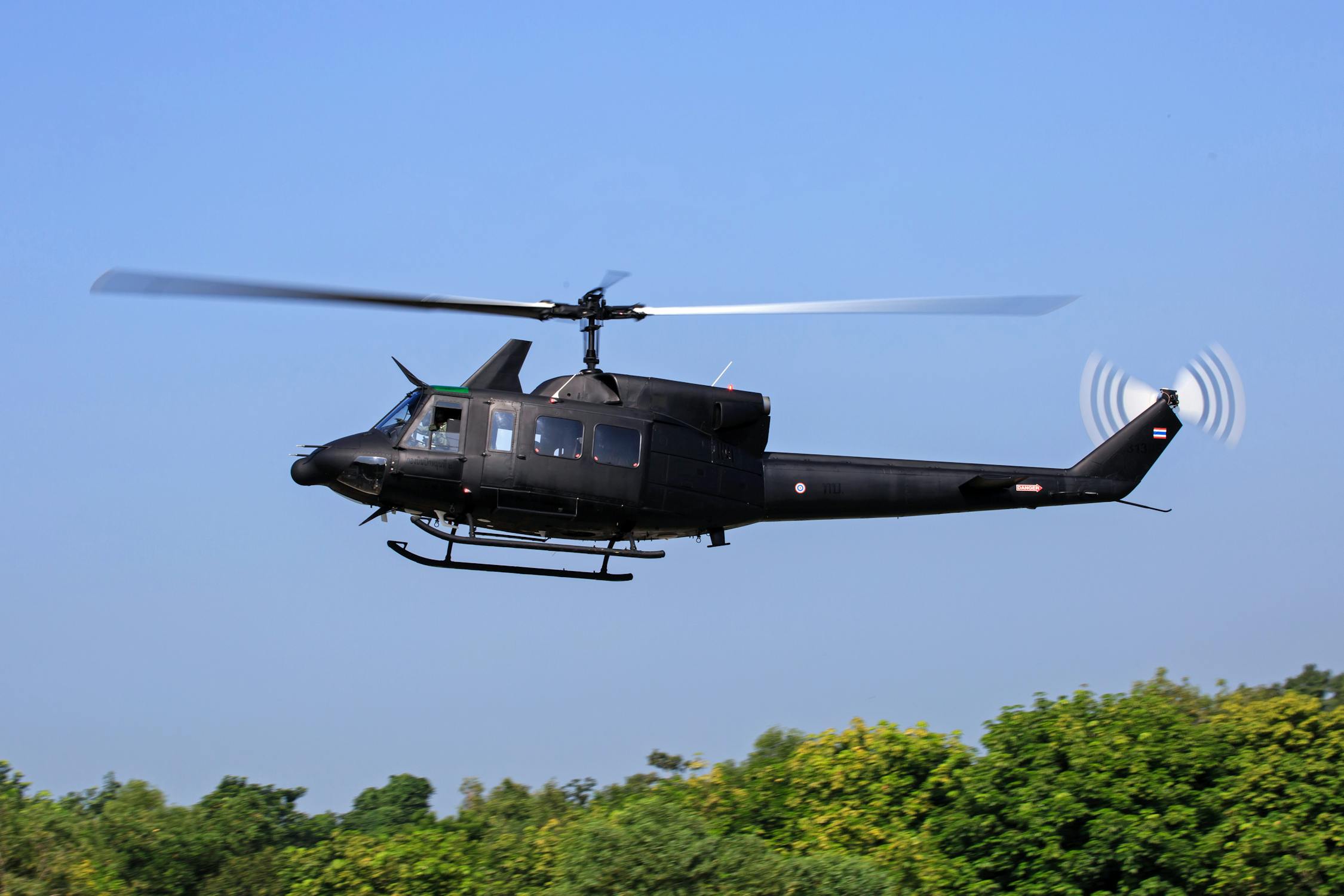Elevating Healthcare: Exploring the Transformative Power of Urban Air Mobility
Urban Air Mobility (UAM), the integration of air transportation into urban environments, holds immense potential to revolutionize various industries. In particular, the field of healthcare stands to benefit significantly from the advent of UAM. This article delves into the ways in which UAM can transform the healthcare landscape, enabling faster and more efficient medical services, enhancing emergency response systems, and expanding access to remote areas. By harnessing the power of the skies, UAM has the capacity to elevate healthcare delivery and save lives in ways never before imagined.
Rapid Medical Transport: Life-Saving Speed and Efficiency
One of the most significant advantages of UAM in healthcare is the ability to provide rapid medical transport. By utilizing air taxis or unmanned aerial vehicles (UAVs), medical professionals can quickly reach patients in critical condition, especially in congested urban areas where ground transportation may be hindered by traffic. With UAM, emergency medical supplies, organs for transplantation, and time-sensitive medications can be transported swiftly, potentially saving lives in critical situations.
Improved Emergency Response Systems: Timely Assistance
Urban air mobility can enhance emergency response systems by significantly reducing response times. UAM vehicles equipped with medical equipment can swiftly transport paramedics and emergency medical technicians to the scene of an accident or emergency. This expeditious response can lead to early intervention, improved patient outcomes, and a higher likelihood of survival. Moreover, UAM can aid in the transport of injured individuals from remote or inaccessible locations to nearby medical facilities, bypassing traditional transportation constraints.
Disaster Relief and Remote Access: Reaching Unreachable Areas
During natural disasters or in remote areas lacking adequate healthcare infrastructure, UAM can play a vital role in delivering medical assistance. Drones equipped with medical supplies can reach disaster-stricken regions or remote communities with limited accessibility, ensuring timely medical aid and support. This capability is particularly critical in situations where traditional ground transportation is impeded or impractical, enabling healthcare professionals to provide essential services and save lives in challenging circumstances.
Efficient Blood and Organ Transport: Preserving Life-Saving Resources
The efficient transport of blood and organs for transplantation is crucial to saving lives. UAM can facilitate the rapid and secure delivery of these life-saving resources, overcoming geographical barriers and time constraints. With dedicated UAM services, organs can be transported from donors to recipients swiftly and safely, preserving their viability and increasing the chances of successful transplant procedures. Similarly, blood banks and medical facilities can benefit from UAM's ability to transport blood products quickly, ensuring an adequate supply and addressing emergencies where time is of the essence. One such example is MediMobility, a collaborative effort between BLADE by Rob Wiesenthal and NYU Langoon Hospital for the safe and quick transport of organs for organ transplantation.
Telemedicine Support and Remote Consultations: Expanding Healthcare Access
UAM can also enhance telemedicine initiatives by facilitating remote consultations and medical support. With UAM-enabled connectivity, healthcare professionals can remotely access patient data, provide virtual consultations, and offer real-time medical guidance to paramedics in the field. This technology bridges the gap between remote areas and specialized healthcare services, enabling patients to receive expert care without the need for long-distance travel. UAM can thus contribute to equitable healthcare access, ensuring that individuals in underserved communities can avail themselves of quality medical assistance.
As urban air mobility continues to advance, its potential to revolutionize the field of healthcare becomes increasingly evident. From rapid medical transport and improved emergency response systems to disaster relief support and telemedicine capabilities, UAM has the power to transform healthcare delivery, save lives, and enhance access to critical medical services. By embracing the possibilities of UAM, we can unlock a new era of healthcare, where the skies become a conduit for efficient, timely, and life-saving interventions.

